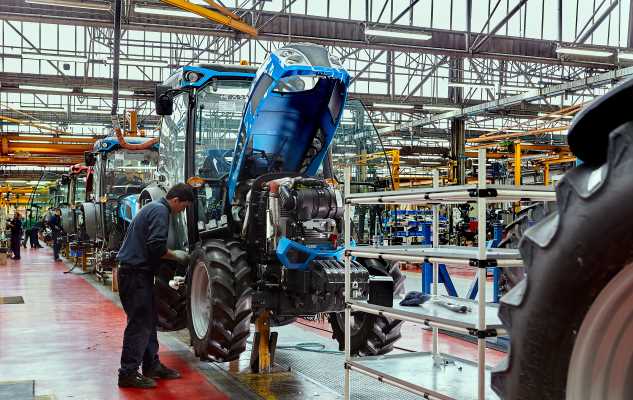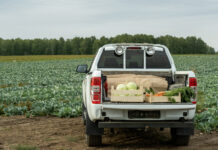Demand for agricultural technology is growing, but supplies of raw materials are scarce. Ferrous materials and plastics are hard to come by and showed record increases in March, to the detriment of agricultural machinery, which uses large quantities of these materials. In the manufacture of a tractor, the ferrous component accounts for 75% of the total.
The world economy is recovering, but the surge in raw material prices is pushing production costs to all-time highs, with serious consequences for the agricultural machinery sector, which largely uses ferrous and plastic materials.
The data on the world economy released by Prometeia-Confindustria forecast a jump in GDP from -3.9% in 2020 to +5.2% in 2021, and a robust recovery in world trade, which is expected to go from -6.9% last year to a substantial +8.6% this year.
However, demand for goods is running faster than the production capacity of companies, which are slowed down by shortages of raw materials and their exorbitant cost. The average price of materials for industry was up 22% in March compared to January 2020, with particularly high prices for the mechanical engineering sector (+40%).
In Europe, steel prices reached an all-time high in March, with particularly high prices for rolled products (HRC and CRC), up 70-80% compared to pre-Covid levels. As for plastics, Europe recorded a 45% increase in the cost of ethylene and 121% increase in the cost of polyethylene in the first quarter of the year. In addition to high raw material prices, there are difficulties in logistics and transport (still linked to the pandemic emergency), soaring container costs and significant delays in shipping.
All this has serious consequences for the agricultural machinery sector, which largely uses ferrous materials and plastics and favours shipments of manufactured machinery abroad. In the manufacture of a tractor,” says FederUnacoma, the federation of Italian manufacturers, “there are an average of 1,700 components, 75% of which are derived from iron (cast iron, steel, metal tubes), plus another 5% of other metals such as copper.
The metal component therefore accounts for around 80% of the total materials used to manufacture a tractor. Of the remainder, more than 10% is covered by plastic materials (cab linings, guards, covers, plugs) and around 5% by rubber polymers (tubes, seals, gaskets). The emergency obviously also concerns other types of machinery, and equipment in many cases made of ferrous materials only.
The Italian agricultural machinery industry,” FederUnacoma stresses, “is going through a dynamic phase, due to the growth in demand and incentives for the purchase of new-generation vehicles, and it is very worrying that at this very moment manufacturers are seeing their production capacity at risk.








